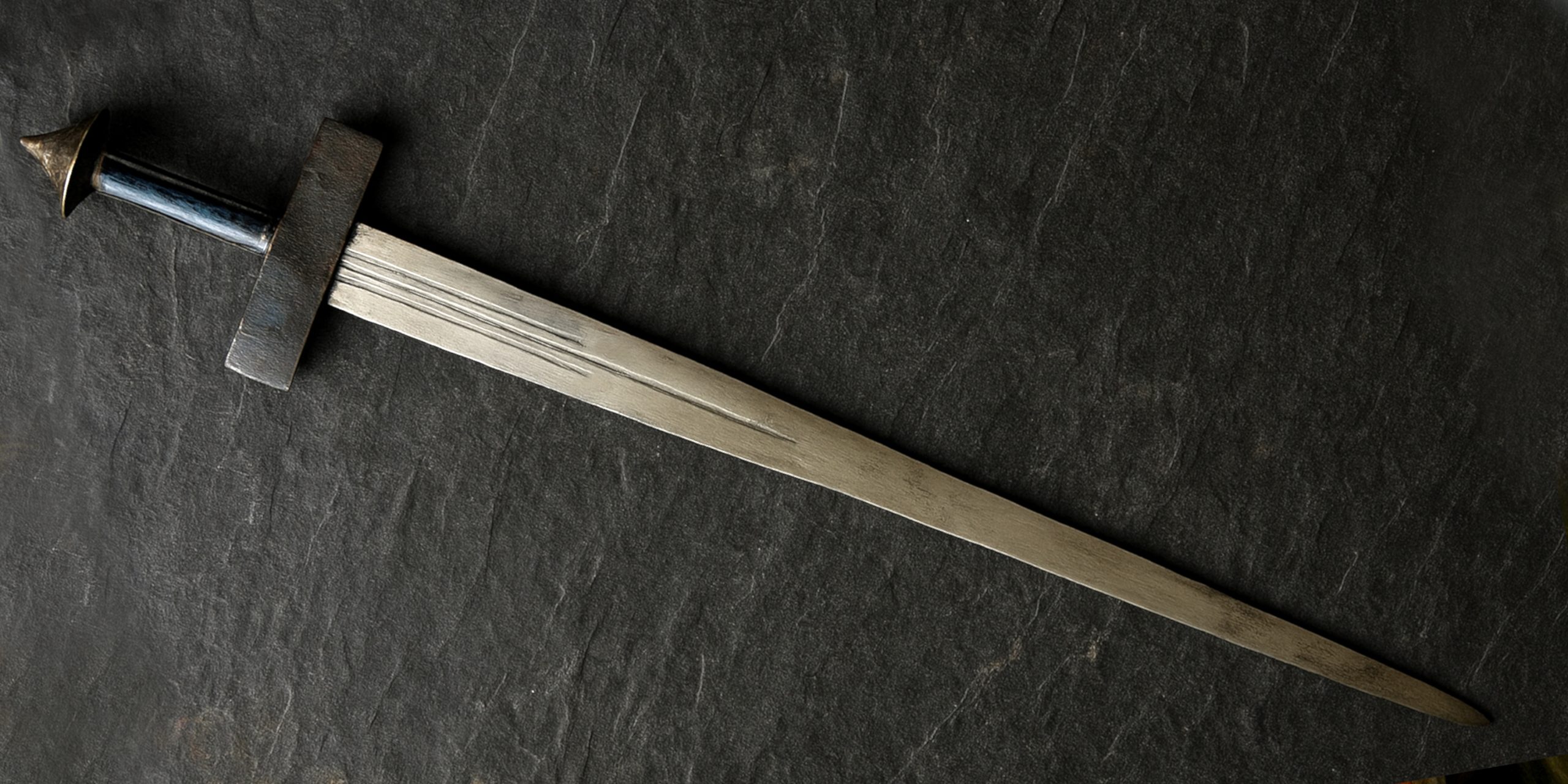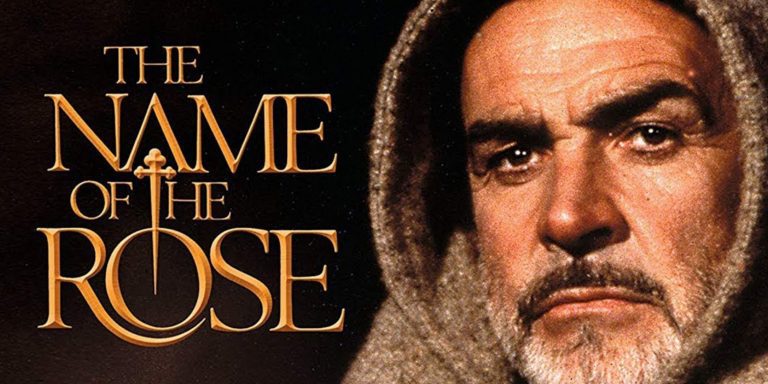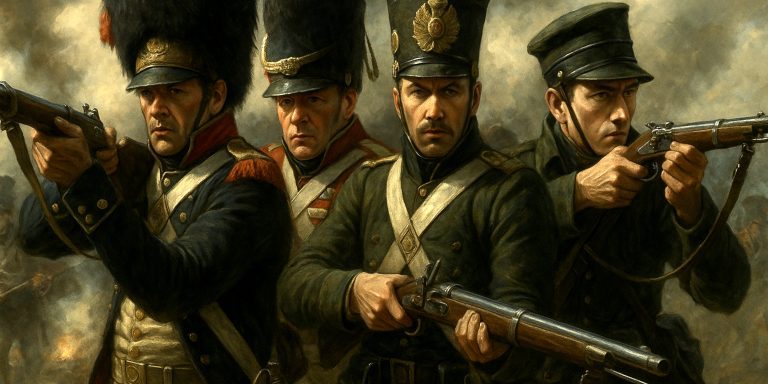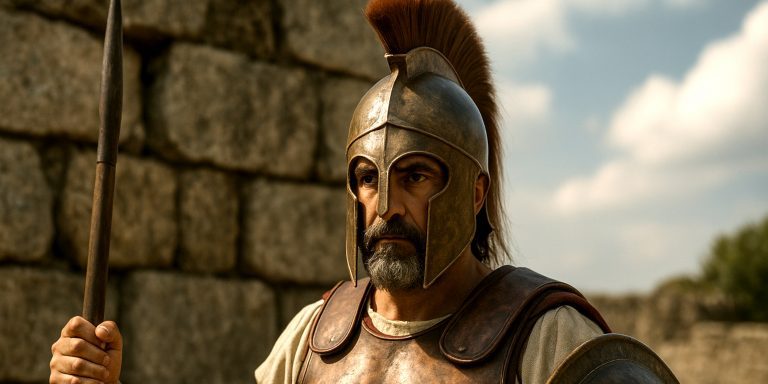
The Tuareg needle-point Takouba is one of the most elegant and distinctive blades of the Sahara. Carried by the warrior nobility of the Tuareg, it represents a meeting of desert artistry and martial practicality. Its slender, needle-like tip and cruciform hilt mark it apart from other African swords, blending Islamic, Berber, and sub-Saharan influences in a weapon as much symbolic as functional.
The Takouba (also spelled Takoba) served as both a weapon of war and a badge of rank among the Tuareg, Hausa, and other Saharan peoples. The needle-point variant, in particular, is recognisable by its long, narrow blade ending in a sharp, thrusting point rather than a rounded or spatulate tip. While the broader Takouba was used across West Africa, this fine-tipped version was preferred by certain noble clans, reflecting the shift from slashing combat on horseback to duelling and ceremonial display.
The weapon embodies Tuareg identity: refined, practical, and steeped in ancestral craft. Its construction relied on centuries of metallurgical skill, often borrowing imported European blades while maintaining distinctive Saharan hilt and scabbard traditions.
Specification
| Feature | Detail |
|---|---|
| Origin | Tuareg peoples of the Sahara (Niger, Mali, Algeria, Libya) |
| Period of Use | 16th century to early 20th century |
| Blade Length | Typically 80–95 cm |
| Blade Type | Double-edged, needle-pointed, straight blade |
| Blade Material | Imported European steel or locally forged iron |
| Hilt | Iron or brass crossguard with leather-wrapped grip |
| Pommel | Often flat or slightly rounded, sometimes engraved |
| Scabbard | Leather over wood, with intricate tooled or stamped designs |
| Weight | Approximately 1.2–1.5 kg |
| Primary Function | Thrusting and slashing |
| Users | Tuareg nobles, Hausa cavalry, Songhai warriors |
History and Evolution
The Takouba developed from older Berber and Sahelian swords, evolving under the influence of Islamic and trans-Saharan trade networks. As European blades began entering Africa via the Mediterranean and Atlantic coasts, they were repurposed by Tuareg blacksmiths (known as enaden) who mounted them with traditional hilts and scabbards.
The needle-point form became prominent in the 18th and 19th centuries, coinciding with intensified conflict between Tuareg confederations and colonial incursions. The design favoured thrusting attacks, suitable for mounted warriors closing on lightly armoured foes. By the early 20th century, as firearms displaced swords in warfare, the needle-point Takouba became a ceremonial item, symbolising lineage and rank rather than battlefield prowess.
Advantages and Disadvantages
Advantages
- Excellent piercing ability against light armour and cloth.
- Balanced, agile design for mounted combat.
- Culturally prestigious, often finely decorated.
- Durable steel blades when sourced from European imports.
Disadvantages
- Narrow blade less effective for heavy cutting.
- Limited utility against heavily armoured opponents.
- Ornate craftsmanship increased cost, limiting ownership to nobility.
- Scabbards could deteriorate quickly in arid conditions if not well maintained.
Comparison with Similar Weapons
| Weapon | Region | Key Difference | Combat Role |
|---|---|---|---|
| Kaskara | Sudan and Chad | Broader blade with rounded tip | Balanced for both cut and thrust |
| Nimcha | North Africa | Curved single-edged blade | Slashing sword for naval and urban combat |
| Saif | Arabian Peninsula | Heavier crossguard and often curved | Cavalry sabre suited to sweeping cuts |
| Flyssa | Kabyle region, Algeria | Single-edged with decorated spine | Ritual and symbolic use more than combat |
| Takouba (broad type) | Tuareg regions | Wider, leaf-shaped blade | General-purpose sword for mounted warriors |
The needle-point Takouba stands out for its focus on thrusting precision, resembling European rapiers in function but retaining African and Islamic aesthetic traditions.
Legacy
The Takouba remains an enduring symbol of Tuareg nobility and resistance. In Saharan culture, it embodies not just martial skill but social status and ancestral pride. Even in modern Tuareg festivals, elders still wear replicas or inherited swords as part of ceremonial attire.
Collectors and museums value the needle-point variant for its rarity and craftsmanship. It bridges African, Islamic, and European sword-making traditions, reflecting centuries of cultural exchange across the desert trade routes.
Where to See
- Musée du Quai Branly, Paris – fine examples with silver-decorated hilts.
- British Museum, London – Tuareg weapons collection, including needle-point blades.
- National Museum of Niger, Niamey – locally preserved pieces with full scabbards.
- Smithsonian Institution, Washington D.C. – ethnographic displays on the Tuareg and Songhai.
- Private Collections – especially in France and Morocco, where colonial officers collected Saharan arms.
Collectors Guide and Auction Prices
Collecting a Tuareg needle-point Takouba requires attention to authenticity, condition, and provenance. Many blades in circulation are 19th-century pieces remounted in 20th-century fittings.
Collector Considerations
- Check for genuine Tuareg craftsmanship: crossguard form, leather tooling, and scabbard stitching.
- Blades marked with European stamps (often Solingen or Toledo) can indicate trade influence.
- Avoid overly polished examples; age patina adds to historical value.
- Provenance, especially linked to colonial officers or Saharan tribes, raises desirability.
Typical Auction Prices (as of recent years)
| Condition | Description | Estimated Value |
|---|---|---|
| Museum-grade / Complete set | Original blade, hilt, and intact scabbard with tribal provenance | £1,800–£3,000 |
| Good condition | Minor wear, partial scabbard loss, authentic fittings | £800–£1,500 |
| Decorative / Later mountings | Modern or remounted blade, tourist-era craftsmanship | £300–£700 |
Notable sales include an engraved Tuareg needle-point Takouba from Agadez (c. 1850) auctioned by Bonhams in London for over £2,200 in 2023.
Seven Swords Takeaway
The Tuareg needle-point Takouba is a masterpiece of Saharan heritage. It fuses elegance and lethality, embodying a warrior culture that prized both courage and artistry. Today, it stands as one of the most refined African swords, valued equally by historians and collectors for its cultural depth and timeless design.



